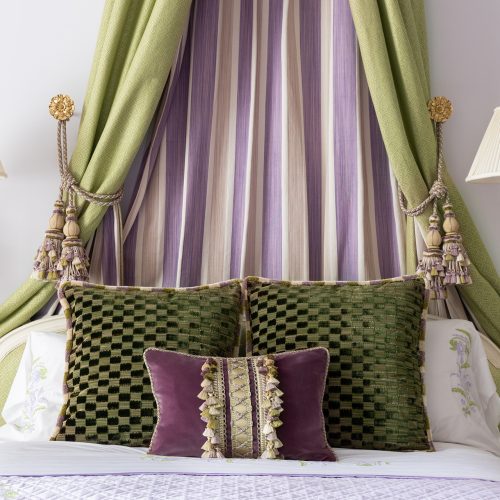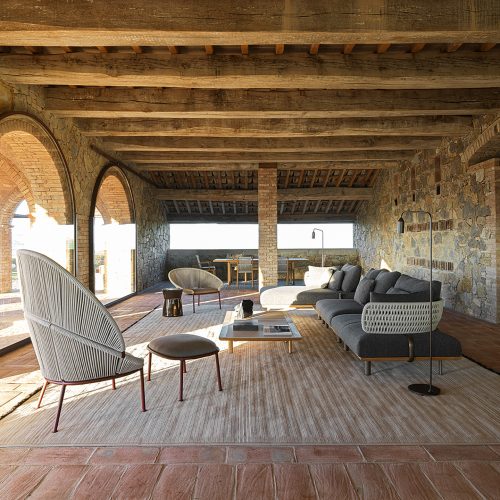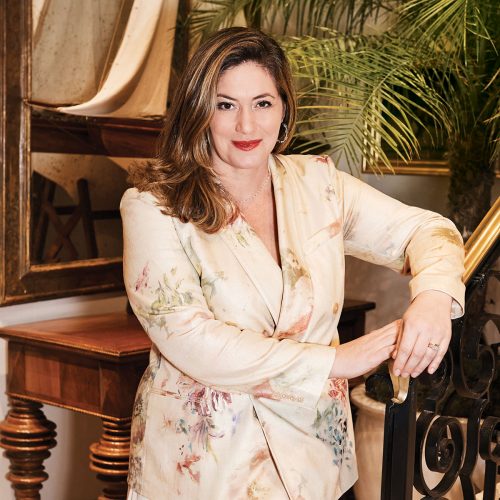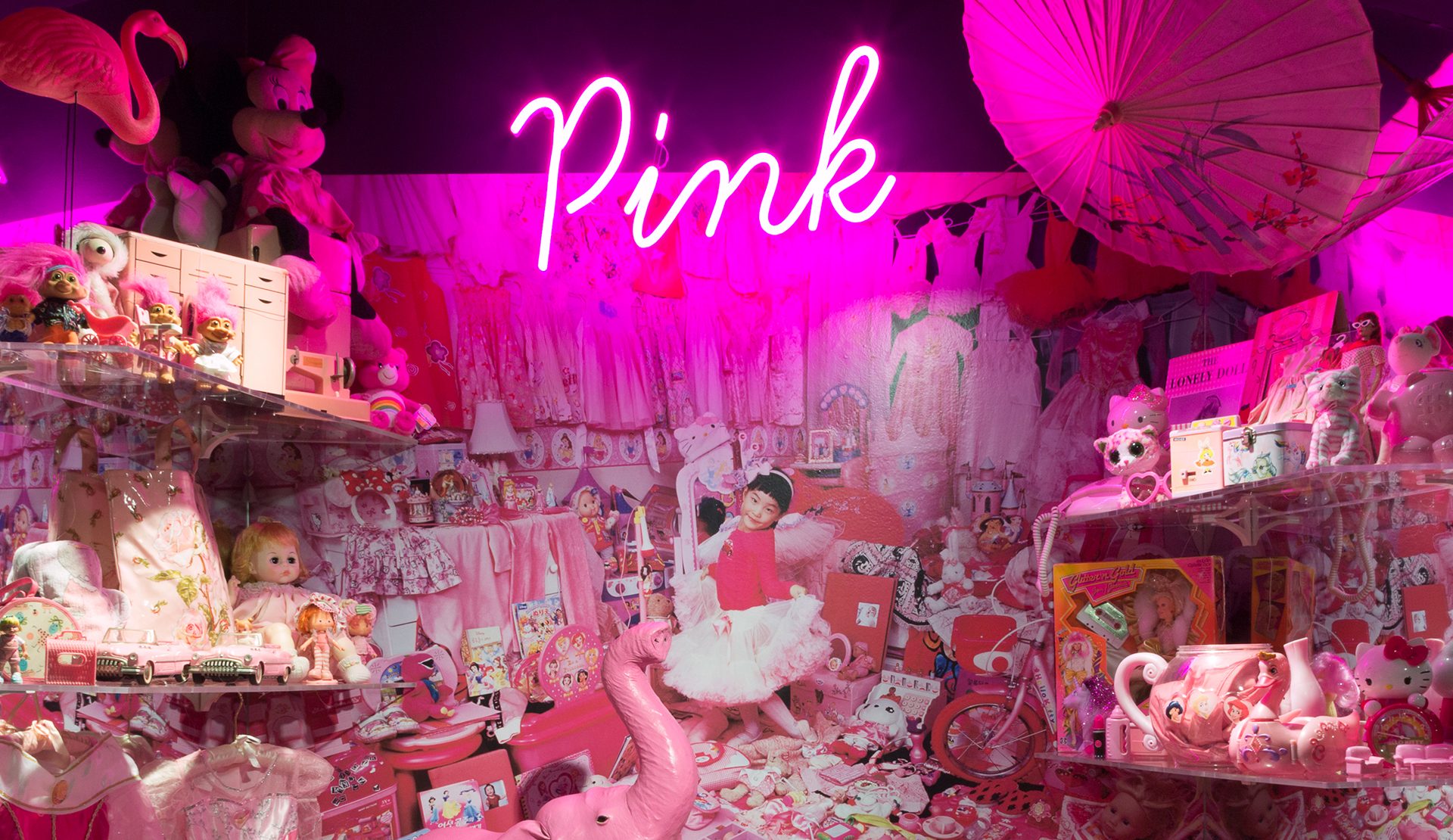

Thinking Pink at the Museum at FIT’s New Exhibition
The new exhibit takes on the complicated history of the color pink
Starting today, the Museum at FIT is unraveling the history of the Western world’s most controversial color: pink.
“Pink: The History of a Punk, Pretty, Powerful Color” is a new exhibition that surveys the progression of the color’s implementation in fashion over the course of several centuries. Curated by Dr. Valerie Steele, whose book on the subject was released on Tuesday, this holistic survey of a color that has frequently been ridiculed as not “serious” enough actually packs a mighty scholastic punch.
The modern connotation of pink as a women’s color only became apparent around 70 years ago, Steele said during a recent tour of the exhibit. In the 18th century, new Brazilian dyes actually made it the fashion for both men and women, especially in France. And even today, in certain parts of Asia the hue is favored by both genders.
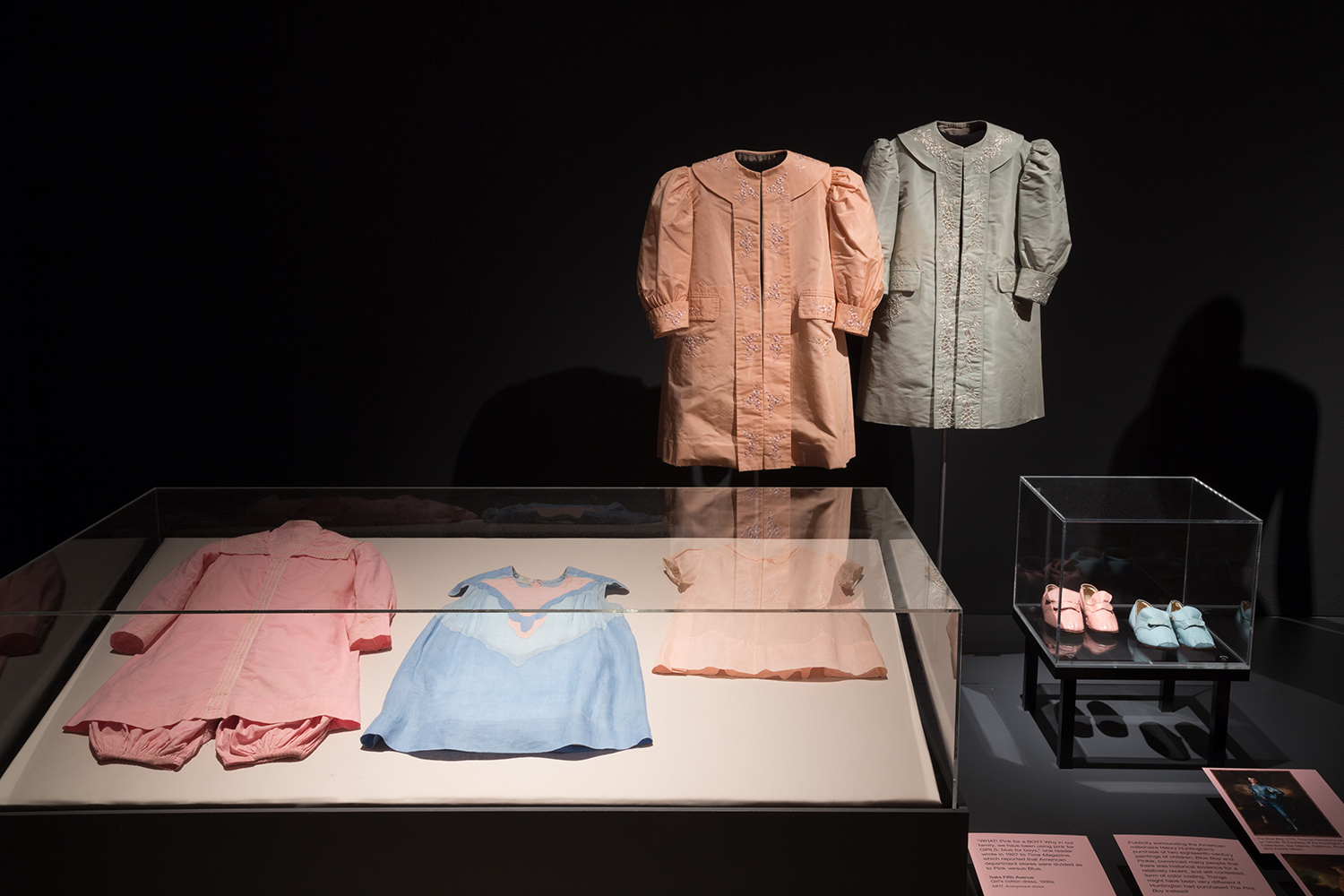
Yet in American and European society the concept of “pink for girls, blue for boys” still runs rampant, especially when it comes to purchasing and decorating for young children. Gendering the two colors started as an attempt by department stores to sell more baby clothes, an initiative that coincided with both the conformist-obsessed Cold War and an American population especially keen on reinforcing the line dividing gender roles, which had been blurred during World War II. Both factors caused the division to stick. And while “blue for boys” did tend to drop off following infancy, “pink for girls” became “pink for women,” resulting in a communal female identity.
Recommended: Chanel Will Stage a Fashion Show at the Metropolitan Museum of Art
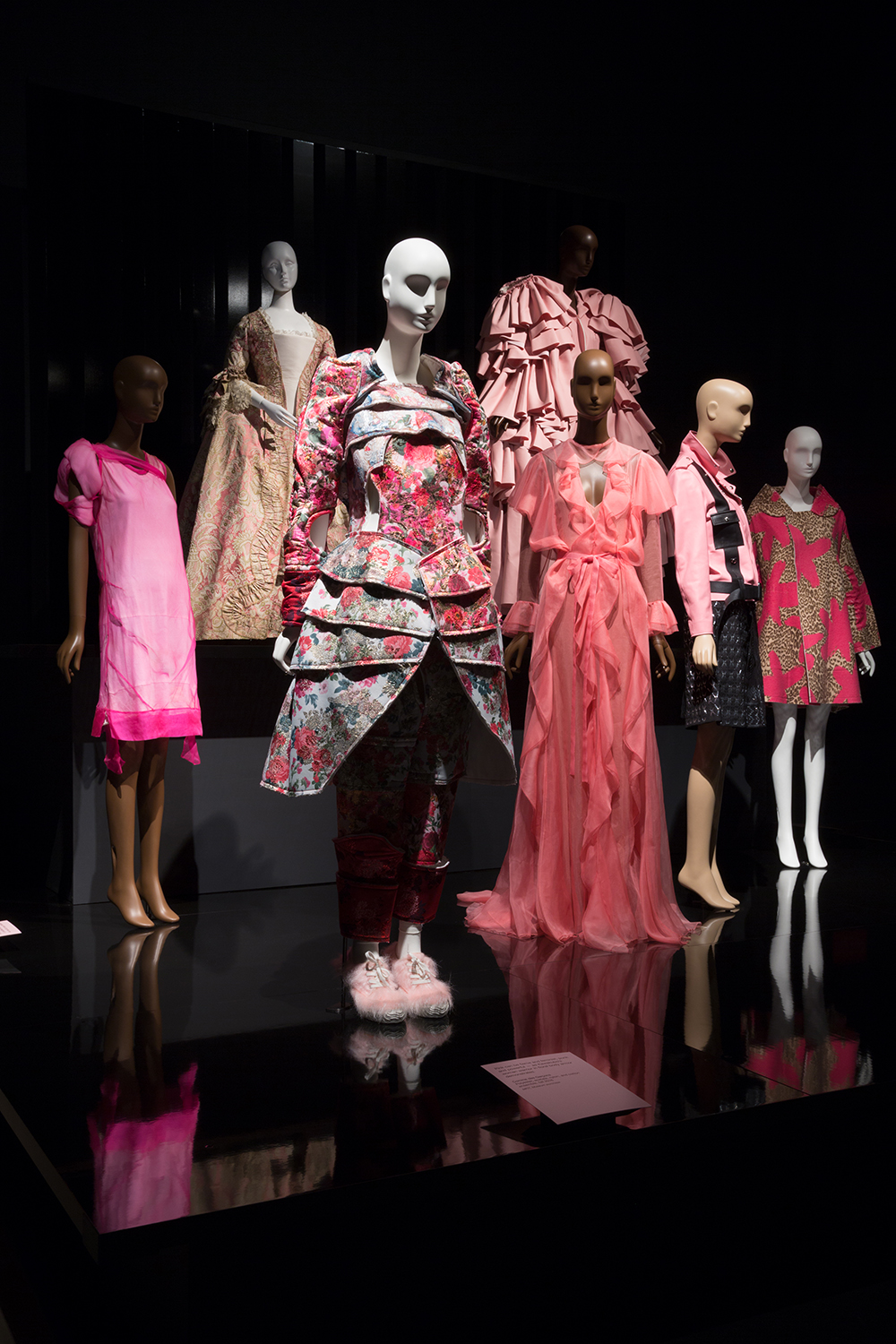
From Japanese fashion designer Rei Kawakubo’s floral armor ensemble to a pink Prada suit, a replica of Nicki Minaj’s 2017 VMAs ensemble, an original Elsa Schiaparelli shocking pink chiffon gown, and even a child’s princess costume, the exhibit covers a lot of ground. But it’s the color’s evolution that the exhibition strives to highlight. It’s not a transition that just happened; rather, the reinvention of pink and everything it means to society (or, as Steele was explicit in pointing out, everything society has decided it should mean) has required some savvy engineering by the world’s most creative minds.
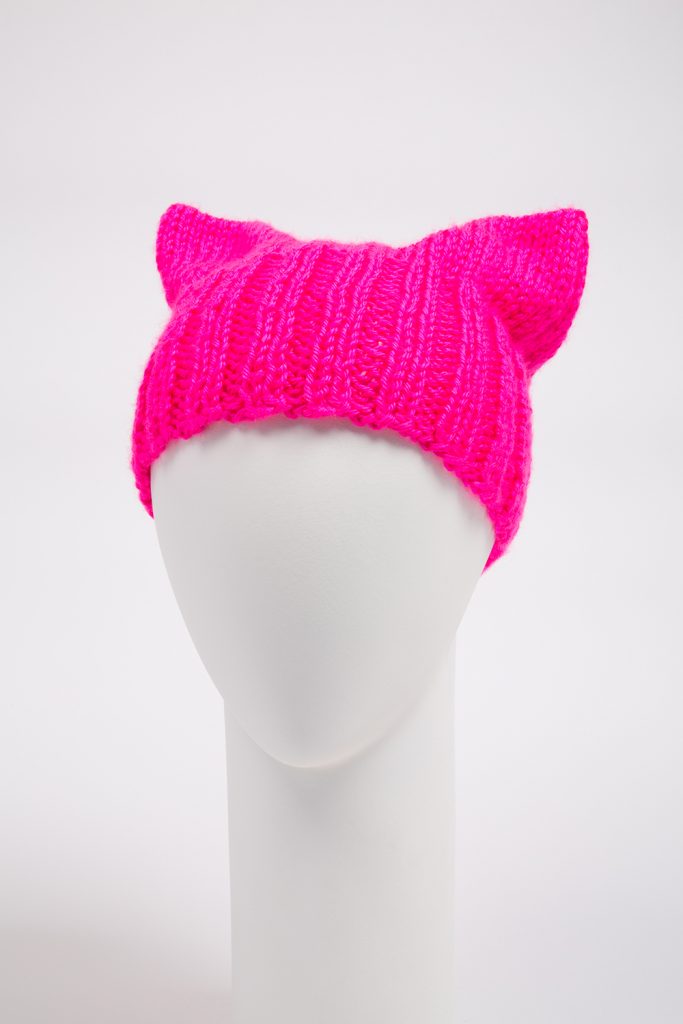
Countless pieces featured in the exhibit stand as testament to times when this traditionally conformist color was harnessed by progressive thinkers—for example, when in the 1970s and ’80s, LGBT rights groups reclaimed the pink triangle used to expose homosexuality in Nazi Germany, or, more recently, when hundreds of thousands of protesters wore pink “pussy hats” to assert solidarity during the 2017 Women’s March on Washington, D.C.
The exhibit will be on view at the Museum at FIT through January 2019.

